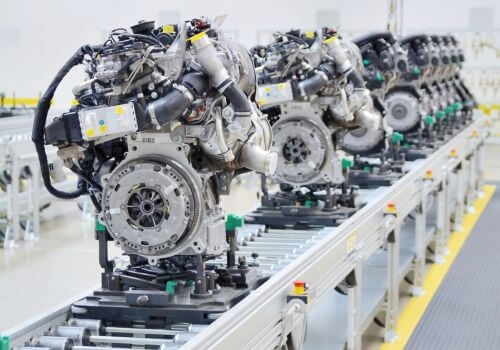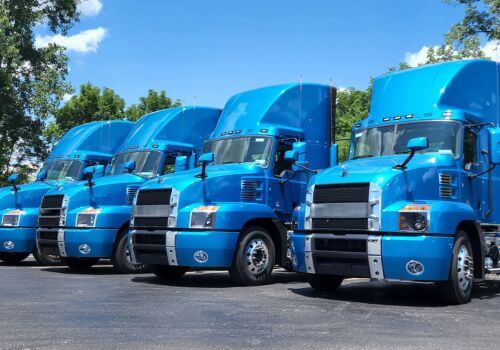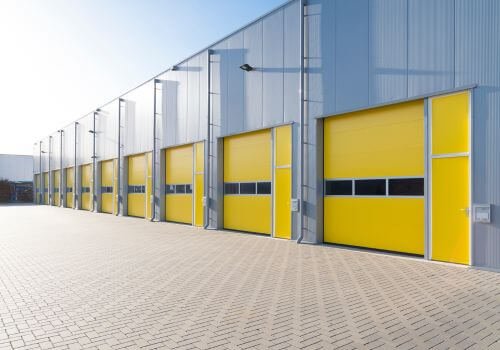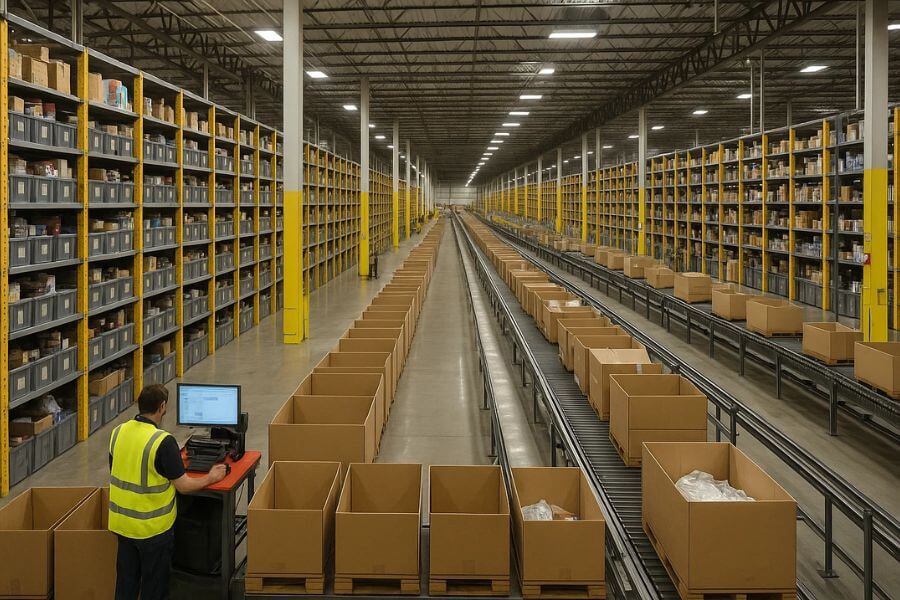In this article, we’ll be going over several things on warehousing operations including the definition of warehousing, the various reasons to use one, and different types of warehousing operations by industry.
So, let’s get right into it.
What is Warehousing and What's Involved in its Operations?
Warehouses are facilities that vary in size, structures, levels of automation, and other characteristics that are part of the supply chain that store and handle goods between the point of origin and the point of consumption.
Some warehouses may be found prior to finished product manufacturing, operating on the supply side, where they are used to store, stage, and kit combinations of raw materials, work and process, and other components.
Terms such as distribution centers or fulfillment centers are often used to refer to warehouses that prepare and ship orders of products to end consumers or other channel partners such as wholesalers or distributors.
Some large retail operations with substantial inventory quantities serve as a type of warehouse-style retail store.
Home Depot as an example, their retail stores are a kind of a warehouse where the customers do the picking of orders and the transport of orders via their shopping carts.
Warehouses generally provide basic functionality for the receipt of goods, storage, retrieval, and preparation for shipment.
In addition to these basic functions, additional services may take place in the warehouses, which are often referred to as value-added services.
The term, distribution center (DC) or fulfillment center is basically used to describe facilities that provide services beyond the basic receipt, storage, and shipment.
Examples of value-added services include cross-docking, marking, labeling, and light final product assembly.
For more information on cross-docking, you can refer to this article.
Marking and labeling are performed to satisfy unique customer requests for product identification while light final product assembly might take place when customer options are combined to fulfill a specific customer requirement.
What are the Various Reasons to Use a Warehouse?
As for the majority of people, they might think of a warehouse as just a space where goods are stored.
While that is true, it is instructional to consider the many ways that warehousing operations facilitate supply chain execution.
So, what are some of the reasons why you might need a warehouse?
Product Mixing:
Product mixing is when products from multiple plants or suppliers are combined so they can be shipped to customers.
This is an important warehousing process, especially in retail operations.
An example can be a large retail company receiving goods from a large number of suppliers, combining them into truckload shipments for store replenishment.
Transportation Consolidation:
Transportation consolidation entails receiving many small shipments to combine into large shipments for cross-border movement.
The costs involved in small shipments can oftentimes be less cost-effective compared to large shipments, so via transportation consolidation, the warehouse operations can provide benefits to the supply chain.
Delivery Service Requirements:
In order to meet customer service requirements, inventory may need to be held in multiple locations instead of being held only at the manufacturing location.
With inventory being placed across multiple locations, such as warehouses, it can offer responsiveness needed to meet those delivery service requirements.
Holding Inventory:
It’s important that companies hold some of their inventory at a warehouse in case of contingency.
Utility companies, for example, may need to store transformers and telephone poles for hurricane and other disaster relief efforts.
Companies launching new products may want to hold excess inventory at a warehouse in case they sell better than they expected rather than missing out on sales.
Distributors and manufacturers may want to hold backup inventory to mitigate the risk of any conditions that may disrupt the flow of products and materials into their manufacturing facilities.
Manufacturing Smoothing:
Manufacturing smoothing can be another reason to make use of warehouses, especially when the manufacturing plant does not have the capacity to keep up with customer demand.
For companies in this type of situation, storing their products in warehouses to meet peak demand may be more cost-effective than adding manufacturing capacity.
For a ski equipment company as an example, the customer demand can be much higher during the winter than the summer, so it would be easy for them to store their products at warehouses and hold them in inventory rather than adding additional production capacity to meet peak demands.
Seasonal Inventory:
As you’d imagine, a lot of the products out there can be seasonal in nature.
Warehouses can be used to hold this wide variety of seasonal inventory.
Value-Added Services:
Providing value-added services is another component of warehousing as mentioned earlier labeling, and kitting, which is putting together in a format that is ready for the end consumer.
An example can be dentist operations where there are different types of operations that are performed by the dentists such as fillings or tooth extraction etc, and each requires a different combination of tools and expendables.
A warehouse operation could pull together these different components for specific dental operations into specific kits, all ready to be used by the dentists.
Looking for a 3PL?
Is your business seeking an affordable 3PL and warehousing partner in the United States?
Contact our friendly support team at Logos Logistics to see how we can help your business streamline your supply chain!











